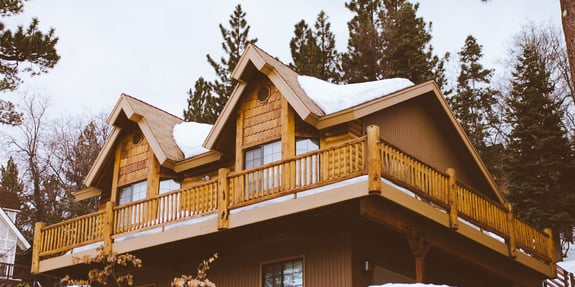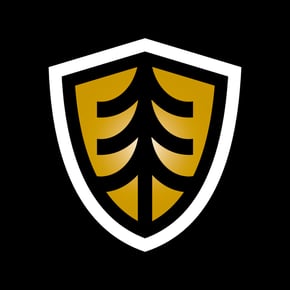At Arborcare we like to provide monthly updates for our customers, so we are not just helping them on their properties, but proactively providing insight into each season’s need to know items.
Be on the lookout for these common winter threats around your home.
- Heavy Snow
- Soil Heaving
- Frost Cracks
- Sunscald
- Salt Damage
Heavy Snow:
Snow on weak tree limbs, or powerlines, has the potential to fall and damage your car or your home.
Solution: Proactive measures, such as Arborcare’s Tree Removal or Pruning services, will help to reduce this risk by removing the weak branches around your property.
Soil Heaving:
This happens when moisture is trapped within the root system and freezes, which causes the ground to expand. This can cause large trees to uproot themselves.
Solution: The best options are to remove larger trees that carry a significant amount of weight away from the trunk that will have an increased chance of uprooting. ( i.e. large pine trees, maples and oaks) Contact Arborcare to set up an appointment for a quote on tree removal, or land clearing, to prepare for the winter season.
Frost Cracks:
Also known as radial shakes, frost cracks appear as longitudinal cracks in the trunk of trees. They are most evident in winter at temperatures below 15°F. Frost cracks often occur on the south or southwest sides of trees because this area experiences the greatest temperature fluctuations between day and night. A sudden drop in temperature causes the outer layer of wood to contract more rapidly than the inner layer, which results in a long vertical crack at weak points in the trunk. Once a frost crack occurs on a tree, it is likely to appear annually. This can weaken the tree, and pose a potential problem during severe winter weather.
Sunscald:
This appears as a canker found on the trunk of thin-barked trees such as beech, maple, willow, white pine, and linden. Much like frost cracks, sunscald often develops on the south or southwest side of trees following a sudden exposure to direct sun. This will then cause the bark to slowly darken, turn reddish brown, and becomes rough. After a time, the callus tissue eventually cracks and falls away. Affected trees often have sparse foliage, stem dieback, and stunted growth.
Solution: Frost cracks and sunscald are cured in an easy manner. During the winter season, with the fluctuating temperatures we get, you may simply wrap the trunks of your trees. Burlap is a great option to use to cover the trunks to protect the southwest facing side from the warming sun during the days. However, you cannot simply wrap an entire tree, as this will put the tree at risk of moisture, insects, and disease. Focus the wrapping only on the affected area. Arborcare specializes in the proactive steps needed to prevent these types of seasonal issues. Contact us to learn more about our winter preparation services and Snow Removal.
Salt Damage:
Salt from roads and driveways can weaken and kill root systems of trees.
Solution: In Spring, be sure to water plants well to remove salt from the soil. If needed, you can rinse the leaves/needles to get rid of excess salt. Lastly, as a proactive approach, you can wrap vulnerable trees and shrubs in fall.
Arborcare is here for all your seasonal landscaping needs. When in doubt, contact the professionals to assure your property, and your home, are prepared and safe all year round.

